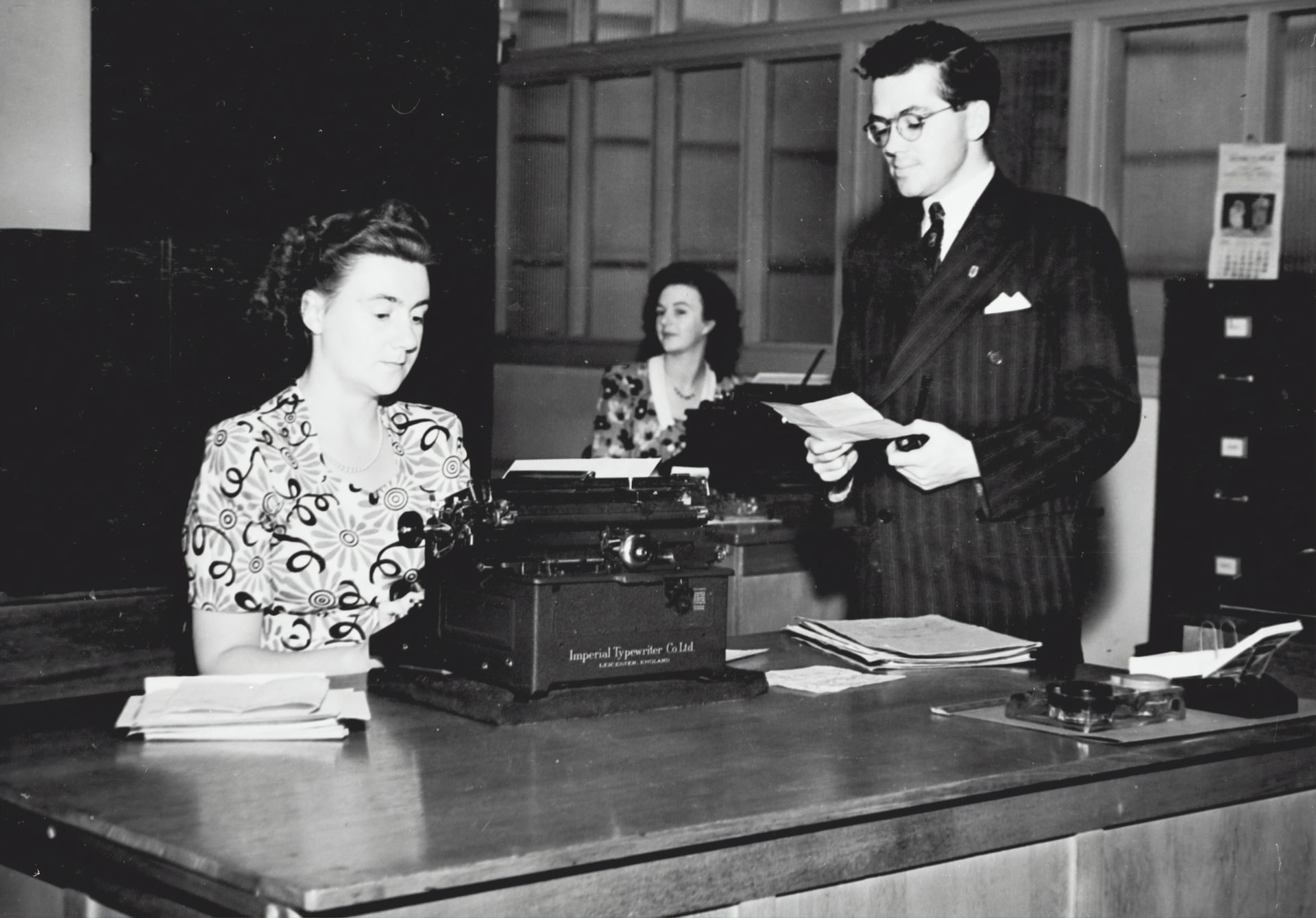5 Ways Marketing Has Changed From 1950 to Today
Service providers and those who create products to sell have long made an appearance in history, and along with them, the methods and means they used to let customers know about their wares and services. In looking at how advertising executives handled marketing in previous decades, consumers discover that while some strategies remain evergreen, other marketing trends offer new solutions for those who want to announce what they have to contribute to the buying public. The similarities and differences in marketing in the United States from 1950 to the present feature dramatic changes. Specifically, shoppers can examine five ways marketing has evolved from 1950 until today.
1. Television
Information from 1950 census records and other sources indicates that television became the hot new media phenomenon. Advertisers took advantage of the fact that television commercials could play directly in consumers’ homes, reaching many people in their target mass markets. Ads during this time often featured a catchy short slogan that was easy to remember, many with music. They would offer this advertising hook across television and in newspaper and radio advertisements. In later decades as tv became more common in homes, television would play the primary role in how consumers learned about new products.
2. Radio
Although television newly arrived on the scene in the 1950s, radio remained a staple in most homes long into future decades. Because in earlier decades and well into the 1950s, women typically worked at home, ads often were targeted to female audiences during the day to entice them to buy. Commercials with great auditory interest kept listeners’ attention. They customarily featured actors with great vocal talent and music, sometimes playing live with musicians in the studios during station breaks when ads premiered.
3. Newspapers and Flyers
Print media contained a critical method for letting shoppers know about new goods and services as one of the early means for advertising for producers. In the 1960s, not only were mature men and women the focus of the ads’ attention, but also teenagers and college-age people. The youth focus was a brilliant strategic choice because the young people were to become tomorrow’s consumers, and advertising agencies knew this. Therefore, the people depicted in newspaper advertisements and flyers that were sent in the mail directly to homes or posted on street posts and windows tended toward those still in high school or college age. Papers and flyers offered yet another type of mass marketing, as they could either be handed out for free on the street or purchased for a few cents from newspaper vendors. The information they contained could easily reach a large audience.
4. E-Commerce
With the more common availability of the internet starting around 1995, advertisers began to change their marketing ploys. Instead of trying to reach all shoppers, ad agencies now began to focus on specific groups of consumers for whom their products or services might have appeal. Because digital media could also be more easily analyzed, targeting specific demographics of shoppers became more usual, and the ads could skew toward these audiences more readily. Shoppers had a much wider-ranging option on where and how they shopped at this point and could purchase items directly by using a credit or debit card.
5. Social Media
The years from the late 1990s to the early 2000s brought with them the evolution of social media. Not only could advertisers create commercials for their services or items, but shoppers could also use new social media platforms to help with advertising products. They did this by sharing what they liked or did not appreciate about their purchases.
All of these methods of advertising remain popular and in current use. However, because of the widespread use of smartphones and other small portable digital devices, online advertising now holds the prominent means by which producers of products and services announce what they have to offer to the most significant number of consumers.
What Is WooCommerce Product Slider and Why Your Store Needs It
Why Do Product Images Matter So Much in Online Stores? When someone visits an online store the…
0 Comments9 Minutes
How to Streamline Your Customers’ Shopping Experience?
The goal for any online store is to make shopping as smooth as possible. When visitors move…
0 Comments8 Minutes
Strengthening Brand-Customer Relationships Through Gamified Loyalty Programs
Creating lasting connections with customers has become increasingly vital as the marketplace grows…
0 Comments6 Minutes
How to Use SEO and SEA Together in Search Engine Marketing
In digital marketing, search engine marketing (SEM) plays a critical role in improving online…
0 Comments10 Minutes
Content Marketing Growth Hacks: Real Shortcuts to Drive Traffic
Are you still lagging in content marketing? Sticking to these old strategies seems…
0 Comments10 Minutes
How to Build a Strong Local Following Using Social Media Marketing
In the days of likes, shares, and stories, local businesses have a golden opportunity to create…
0 Comments9 Minutes
Why WooCommerce is the Best Choice for Your Online Store?
WooCommerce stands out as a top option for anyone looking to build an online store. This platform…
0 Comments8 Minutes
How to Use AI-Powered SEO Tools for WordPress eCommerce
SEO is a critical factor in the success of any e-commerce WordPress store. As competition…
0 Comments11 Minutes








